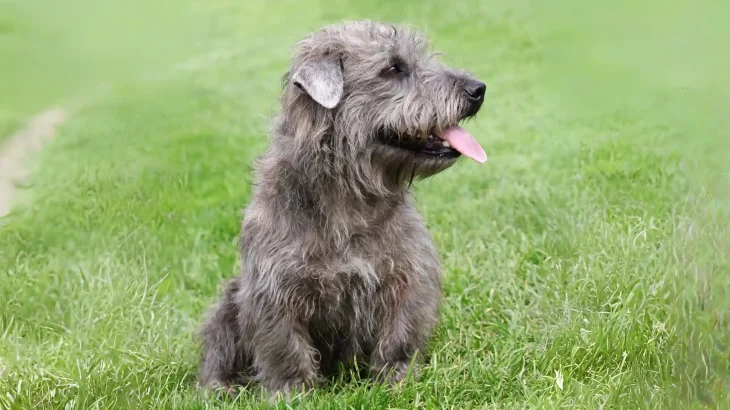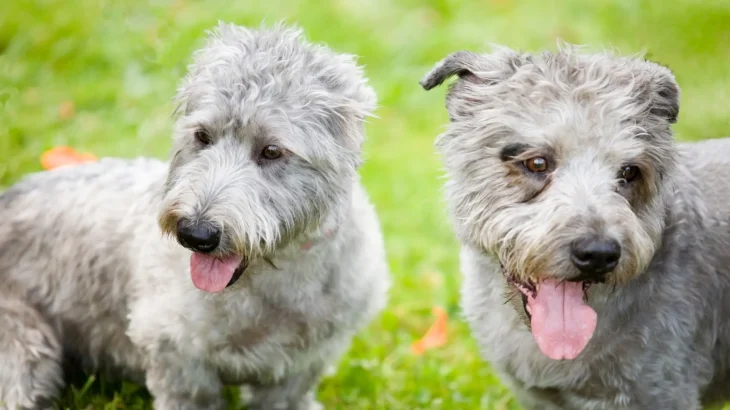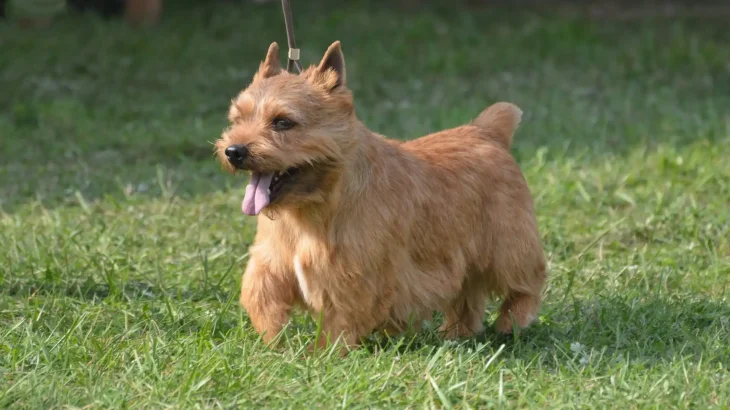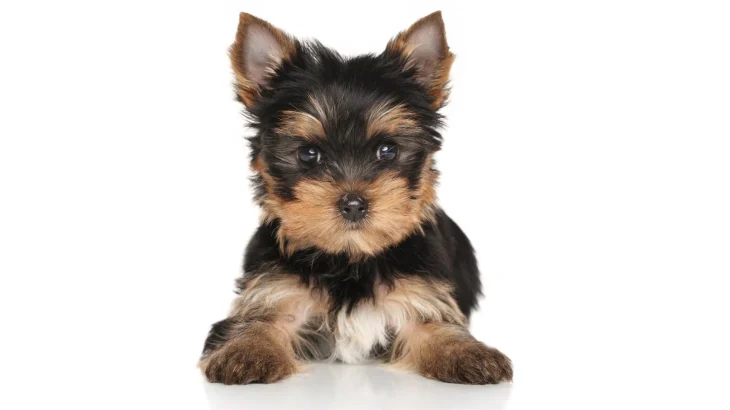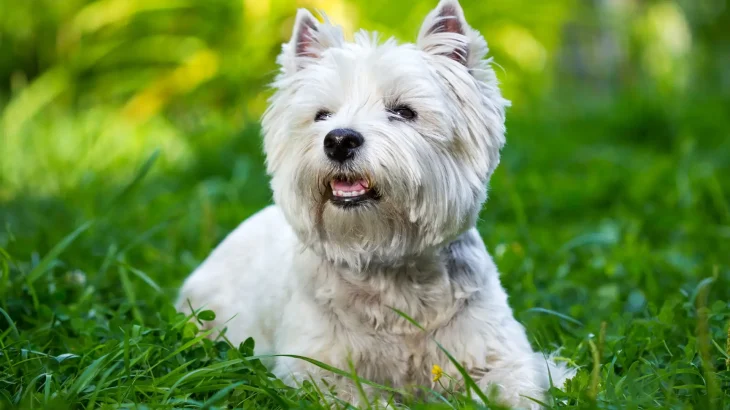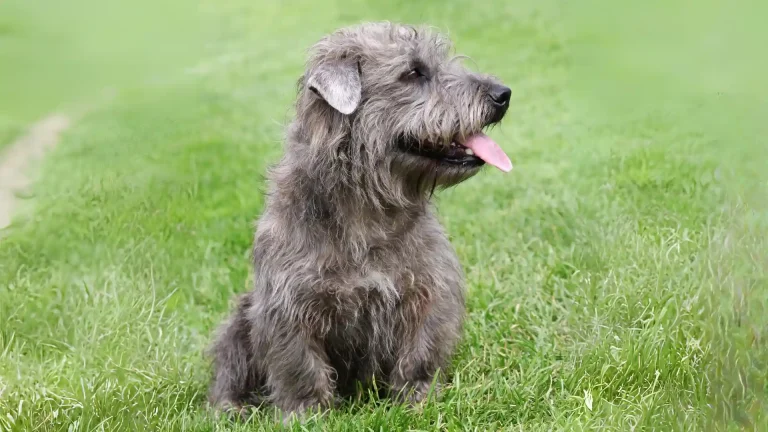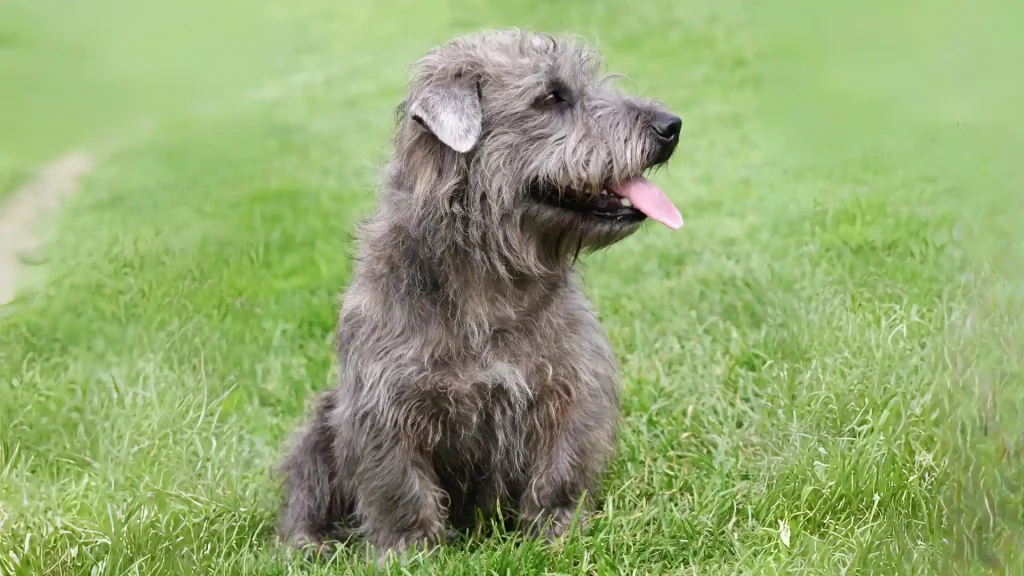Pet insurance is a smart choice for owners of Glen of Imaal Terriers, a sturdy small breed with some unique health needs. While generally healthy, unexpected issues or emergencies can happen, so insurance helps ease the financial load of vet care, surgeries, and liability if your dog causes damage or injury. Understanding what insurance covers and what costs you'll handle yourself helps you make informed decisions. There are also alternatives to insurance worth considering for peace of mind.
Health and Surgery Coverage
Insurance usually covers vet fees for illnesses, injuries, tests, and surgeries. Glen of Imaal Terriers might face issues like orthopedic problems or poisoning from swallowing harmful items. Insurance helps with costs so your dog gets care quickly. Many policies exclude pre-existing conditions and routine care, which you must pay for. Premiums and coverage limits vary, so check details carefully.
Liability Coverage
This protects you financially if your Glen of Imaal Terrier causes injury or property damage. Though generally calm, accidents can occur. Liability insurance covers legal fees and compensation, avoiding big unexpected bills. It adds cost and may have coverage limits.
Alternatives to Pet Insurance
Some owners build emergency savings or use pet health savings accounts, which give control but require discipline—and might not cover big expenses like surgery. Wellness plans cover routine care but not major health issues, which can be costly especially after surgery for swallowing foreign objects.
Owner's Financial Responsibility
Policies often include deductibles, co-pays, and coverage caps, so you still pay some costs. You might pay upfront and get reimbursed or share costs directly. Knowing this helps avoid surprises—emergency surgery after poisoning might be mostly covered, but some expenses remain your responsibility.
Advantages and Disadvantages
Advantages include financial protection from unexpected bills, peace of mind, and better access to care. Downsides are premium costs, exclusions, and sometimes tricky claims. Some find premiums wasted if the dog stays healthy. Weighing risks and costs helps decide if insurance suits your needs.
Overall, pet insurance tailored for Glen of Imaal Terriers helps manage health risks, surgery costs, and liability, letting owners handle challenges without compromising their companion's well-being.

